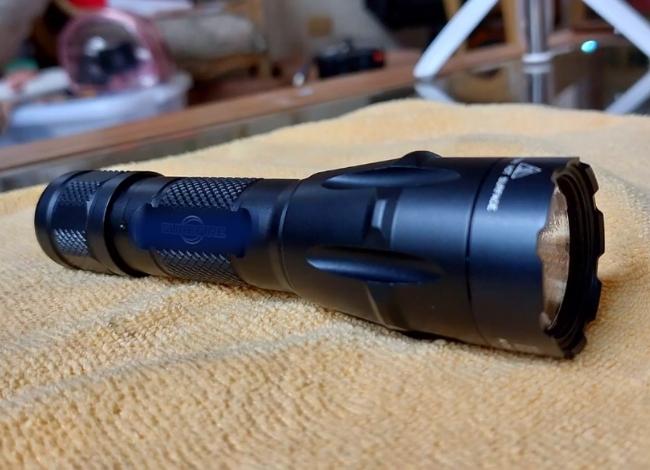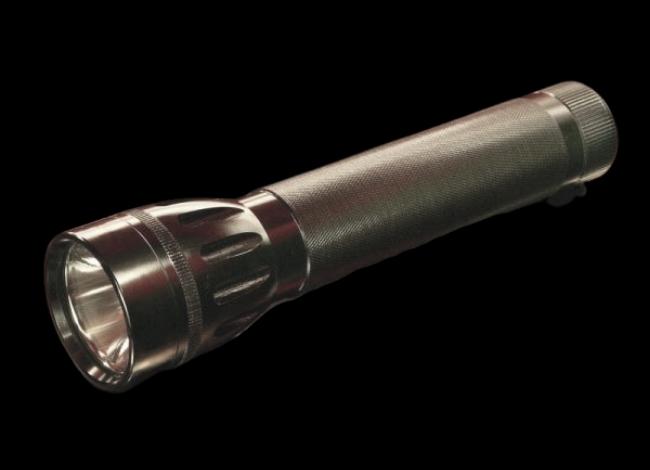Last Updated on May 6, 2025
The debate over whether to say “torch” or “flashlight” is a common one among users of portable lighting tools. Though these terms refer to the same device in function, the confusion often arises due to regional language differences. In the U.S., it’s called a flashlight, while in the U.K., Australia, and other Commonwealth countries, it’s known as a torch. But is that the only difference? Or is there more to explore?
In this comprehensive guide, we dive into the history, terminology, technical differences, cultural nuances, and real-world applications of the flashlight vs. torch debate. By the end, you’ll clearly understand the similarities and distinctions between these two terms and devices.
Torch or Flashlight: Understanding the Terms
Let’s begin by addressing the core of the confusion.
- In American English, the term “flashlight” is used to describe a portable handheld electric light.
- In British English and other variants like Australian or Canadian English, the same device is referred to as a “torch.”
Despite the differing terms, both refer to the same modern-day device: a battery-powered handheld light source, usually equipped with LED or incandescent bulbs.
Historical Evolution: From Fire to Batteries
The Origins of the Word “Torch”
Before electricity, the word “torch” referred to a stick with a burning substance, such as cloth soaked in oil or resin, used as a primitive light source. Ancient Greeks, Romans, and other civilizations used torches for night events, ceremonies, and travel. The Olympic flame is one enduring symbol of that era.
Even today, the Statue of Liberty holds a torch, symbolizing enlightenment. This original meaning is deeply ingrained in European and British cultural references.
Invention of the Flashlight
The modern flashlight was invented in 1899 by David Misell, a British inventor residing in the United States. He filed the patent for an electric light powered by dry cell batteries. Early versions used incandescent bulbs and weak batteries that couldn’t provide continuous current, hence the name “flashlight” — the light flashed briefly and needed rest intervals.
Misell’s flashlight was marketed by Conrad Hubert, a Russian-American entrepreneur, through his American Ever Ready Company, which later became Energizer.
This invention marked the transition from flame-based torches to electric-powered portable lights.
Design and Functionality: Are There Any Differences?
Though the terms differ by region, the technical design and functionality of flashlights and torches are virtually identical in the modern world.
Key Features of a Flashlight or Torch:
- Power Source: Rechargeable lithium-ion batteries or disposable alkaline batteries.
- Light Source: LED bulbs (energy-efficient, long-lasting) or older incandescent bulbs.
- Casing: Made from aluminum, plastic, or stainless steel.
- Beam Control: Adjustable focus, strobe modes, flood or spot beam.
- Switch Mechanism: Tail switches, side switches, or twist heads.
Directional Lighting vs. Ambient Lighting
One point of confusion is the beam pattern. People sometimes claim that:
- A torch provides 360-degree light (more like a lantern).
- A flashlight provides directional light.
This is not true in the modern context. Both flashlights and torches are directional. Devices that emit light in all directions are typically referred to as lanterns, not torches or flashlights.
Regional Usage Examples
To make things clearer, let’s look at how different countries use the terms:
| Region | Preferred Term | Example Phrase |
|---|---|---|
| United States | Flashlight | “Grab the flashlight; it’s dark outside.” |
| United Kingdom | Torch | “Don’t forget to pack a torch for the hike.” |
| Australia | Torch | “The batteries in my torch died.” |
| Canada | Both (mixed usage) | “Pass me the flashlight/torch.” |
| India & South Africa | Torch | “He used a torch during the power cut.” |
Marketing Differences: How Brands Use the Terms
Global flashlight manufacturers often adjust their branding based on the market. For example:
- Maglite (USA): Uses the term “flashlight” on its packaging and marketing in the U.S.
- LED Lenser (Germany): Uses “torch” when selling in the U.K. and Australia.
So if you’re buying online, make sure you’re searching with both terms — “best flashlight” and “best torch” — depending on your location.
Modern Usage in Technology and Media
- In gaming, many U.K.-based games use “torch” (e.g., “Torch equipped”), whereas U.S.-based games like Call of Duty use “flashlight.”
- In survival guides, both terms are often included to ensure clarity: “A flashlight (torch) is essential for your bug-out bag.”
This shows how widespread and interchangeable the terms have become due to globalization and digital media.
Myths and Misunderstandings
Let’s bust a few myths surrounding the torch vs. flashlight discussion:
- Myth 1: Torches are flame-based, flashlights are electric.
Fact: Both terms refer to electric handheld lights today. - Myth 2: A torch provides ambient light, a flashlight is focused.
Fact: This depends on the design (e.g., spotlight vs. floodlight), not the name. - Myth 3: A torch is less powerful than a flashlight.
Fact: Power is determined by lumens and build quality, not terminology.
When to Use Which Term?
Use the word “flashlight” if:
- You are writing for an American audience.
- You’re posting in a U.S.-based eCommerce site like Amazon.com.
- You’re creating tutorials or reviews for American markets.
Use the word “torch” if:
- Your content targets U.K., Australia, India, or South Africa.
- You’re publishing in U.K.-specific platforms or forums.
- You want to localize your brand for those markets.
When writing global content, it’s smart to use both terms like so:
“This LED flashlight (torch) is perfect for outdoor adventures.”
Choosing the Right Torch or Flashlight: Buying Guide
Regardless of what you call it, you should look for the following features when choosing a quality lighting device:
1. Brightness (Lumens)
- Higher lumens = brighter light.
- Ideal for outdoor, camping, tactical use.
2. Battery Type
- Rechargeable lithium-ion for eco-friendliness.
- Alkaline batteries for easy replacement.
3. Material
- Aerospace-grade aluminum or reinforced polymer ensures durability.
4. Water Resistance
- Check for IP ratings like IPX4 (splash-proof) or IPX8 (fully submersible).
5. Light Modes
- Look for multiple modes like high, medium, low, strobe, and SOS.
6. Size and Weight
- Compact designs for everyday carry (EDC).
- Larger designs for tactical or industrial use.
Top Brands That Offer Flashlights (Torches)
If you’re shopping for a torch or flashlight, here are some reputable brands to consider:
| Brand | Notable Models | Specialty |
|---|---|---|
| Maglite | Maglite ML300L | Rugged design, U.S.-made |
| Fenix | Fenix PD36R | High-lumen tactical lights |
| Streamlight | Streamlight ProTac HL-X | Law enforcement favorite |
| Olight | Olight Baton 3 Pro | Compact and rechargeable |
| Led Lenser | P7R Core | European brand, precision engineering |
Conclusion: Flashlight or Torch — Same Tool, Different Words
In conclusion, the torch vs. flashlight debate is simply a matter of language, not technology. Both terms describe the same device, and there’s no difference in quality or functionality based solely on the word used. What really matters is the build quality, brightness, battery life, and intended use of the product.
So next time someone asks you about the difference between a torch and a flashlight, you’ll know exactly what to say — and more importantly, which one to buy.